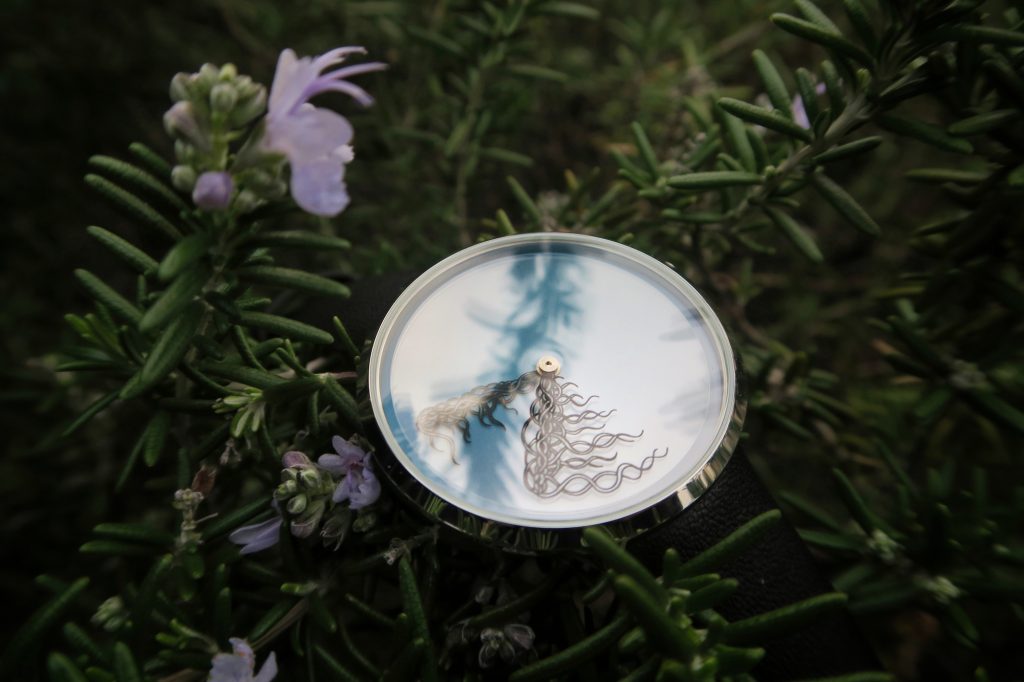

TRANSITION
This watch senses time through “shape changes”.
これは時間を”形の変化”で楽しむ時計です。













The use of minute hand | A relative new development in watches.
When did humans start looking to live our lives according to a clock? Time is an intangible thing, something we can’t really see or grasp, and yet today, it rules our life. Before that though, humans used the skies to guide our passage through life. The setting of the sun, the rising of the moon and stars, the overhead noon sun. The transition through the day was felt, and we would set our goals to the skies.
The idea of the minute itself has been around since around 3500BC, but the actual creation of the minute hand and the ability for a watch to record it accurately wasn’t available until the late 1600s. Even then it wasn’t until later on, that the general public would have access to this type of watch, around the same time that railways came to life. The 19th Century saw the start of truly accurate mass produced watches, and from then the dependence on time grew, with the 20th Century seeing an increase in the wearing of watches.
I want to change that, using this design removes the ability to precisely tell what minute it is and makes the wearer become more aware of the transition of time, rather than rely wholly on the watch. I want you to raise your heads to the sky and see the change for yourself.
われわれ人類が、時計を中心に行動するようになったのはいつからだろう? かつて、時間は無機質な数字ではなかった。空の色彩の変化、影の形の変化、花が咲く向きの変化。あるいは星々の変化、月の満ち欠け…。変わりゆく世界の姿のなかで、時は感じるものだった。19世紀には〈分〉の概念が一般市民に普及する。鉄道の開通がきっかけだった。20世紀になると、人々は腕時計をつけはじめる。時間の経過を、自分をとりまく世界の変化として感じるのではなく針が示す数字の変化として扱うようになることで現代人は何を失っただろう。この時計は、一分一秒の時間に追われる効率重視の現代社会で、世界のうつろいを観察する力を取り戻すために設計された。あなたの空を見上げる時間が増えますように。




